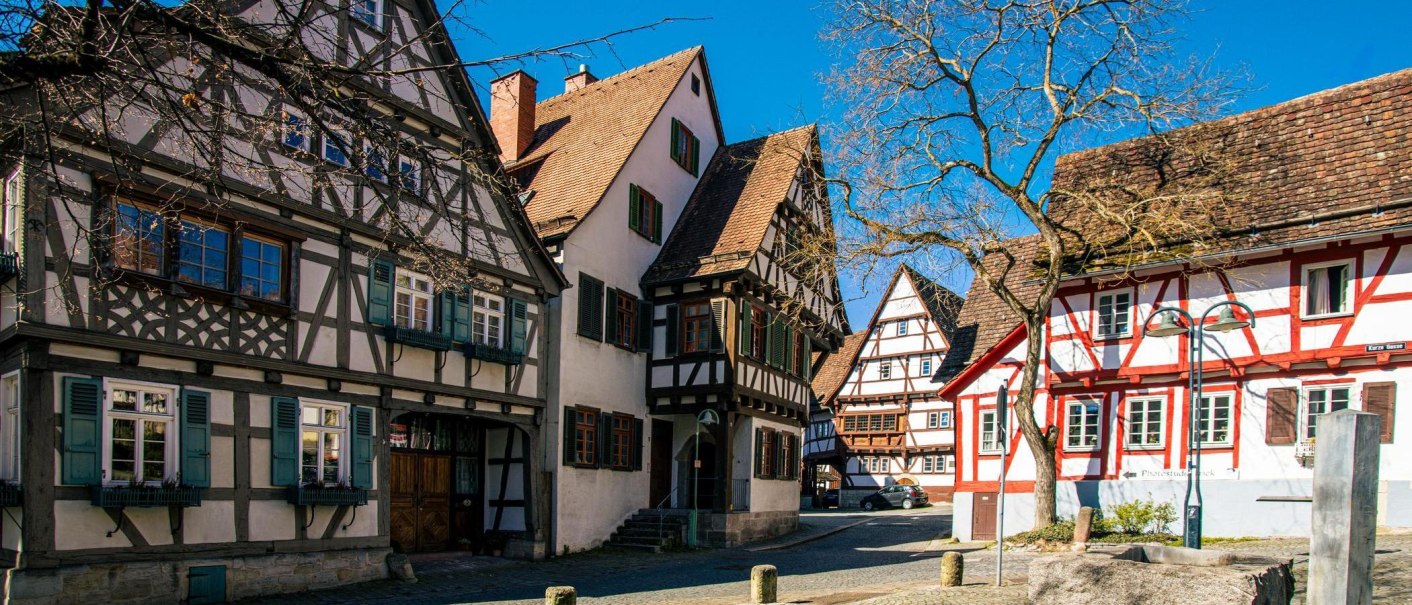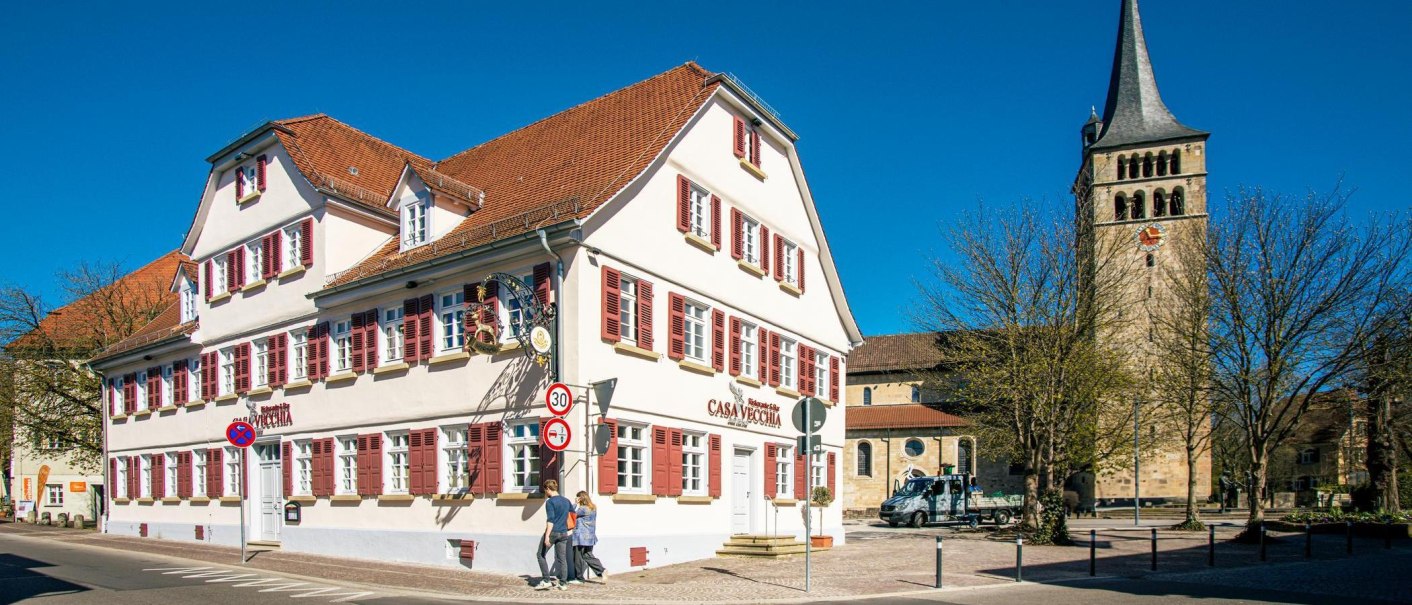Sindelfingen
Near to the car, air and railway hub of Stuttgart and in the reach of the northern Black Forest - there is the city which combines tradition and modernity with quality: Sindelfingen.
The same distance away from Berlin, Paris, Florence and Vienna, lying in the middle of Europe, here you find a romantic old town with the 900 year old early Roman Martin Church and modern industry with DaimlerChrysler and numerous middle sized companies. The many years of tradition with weaving is continued through the modern textile wholesale center in Sindelfingen Ost.
History & economy
The roots of the modern city of Sindelfingen can be traced back to the early Stone Age. The first, if even quite sparse evidence of human settlement comes from this time. The image is clearer in the post-Christian time when between the first and third century a Roman settlement existed underneath the Goldberg. After the Romans were driven away, the Alemanni settled in Sindelfingen.
In 1263, Count Rudolf von Tübingen founded Sindelfingen in a symmetrical direction to the St. Martin's Church south of the monastery of canons. For the financial and personnel endowment of their newly founded university, Count Eberhard and his mother Mechthild moved the monastery to Tübingen in 1477, which was a bitter loss for Sindelfingen. Women from Sindelfingen suffered much in the 16th and 17th centuries due to the witch hunts.
The city also carried the consequences of the Thirty Years' War for a long time. It took until the 19th century before Sindelfingen began to grow out of the medieval city core. In the meantime, the city had become a center for hand weaving in Wuerttemberg. The industrialization followed in 1915 suddenly with the settlement of the Daimler Motoren Gesellschaft. Within a few decades, Sindelfingen became a modern industrial location. In 1962 it became a main district city, in 1971 the incorporation of Darmsheim and Maichingen followed.



